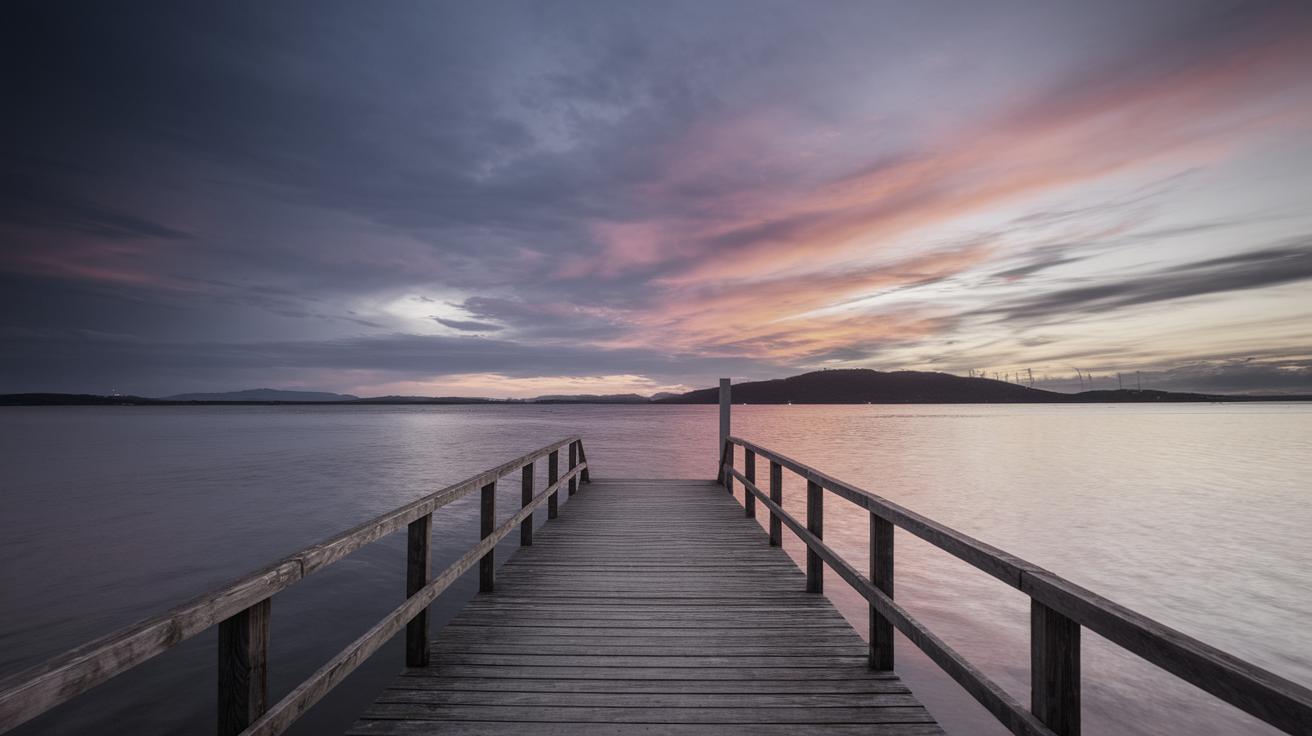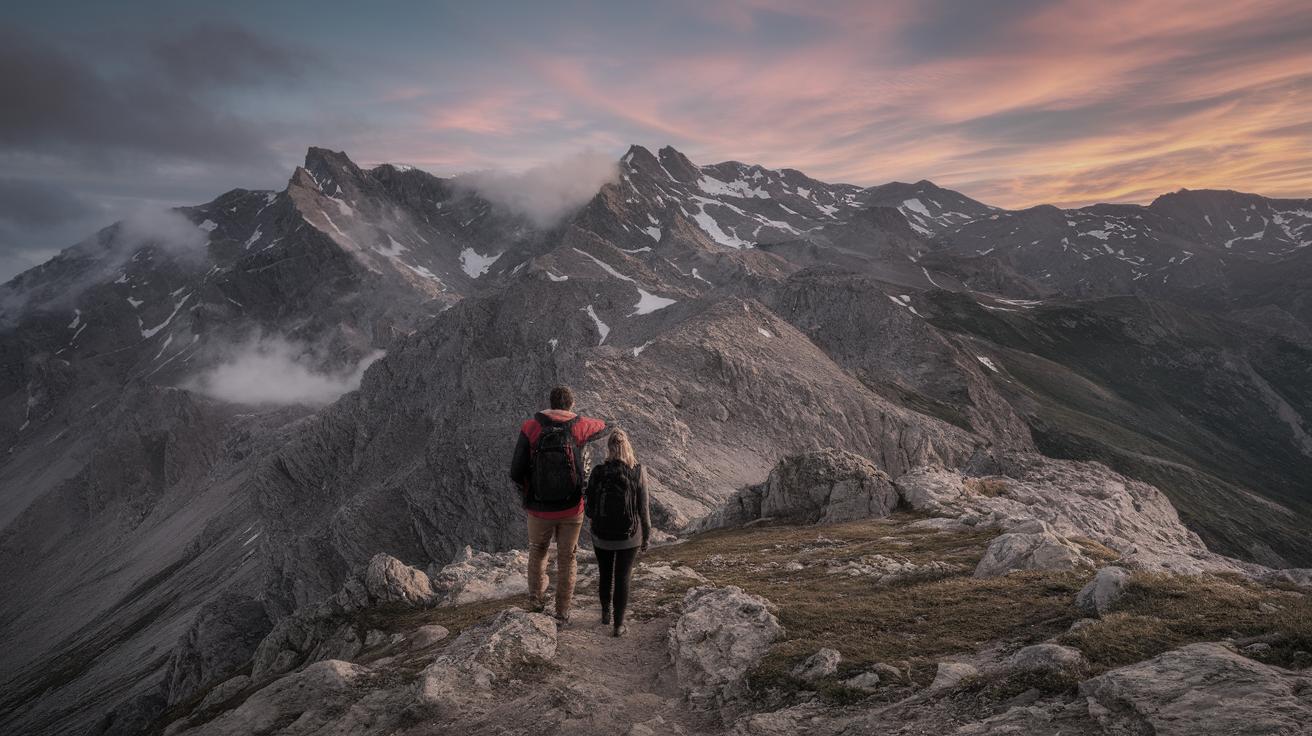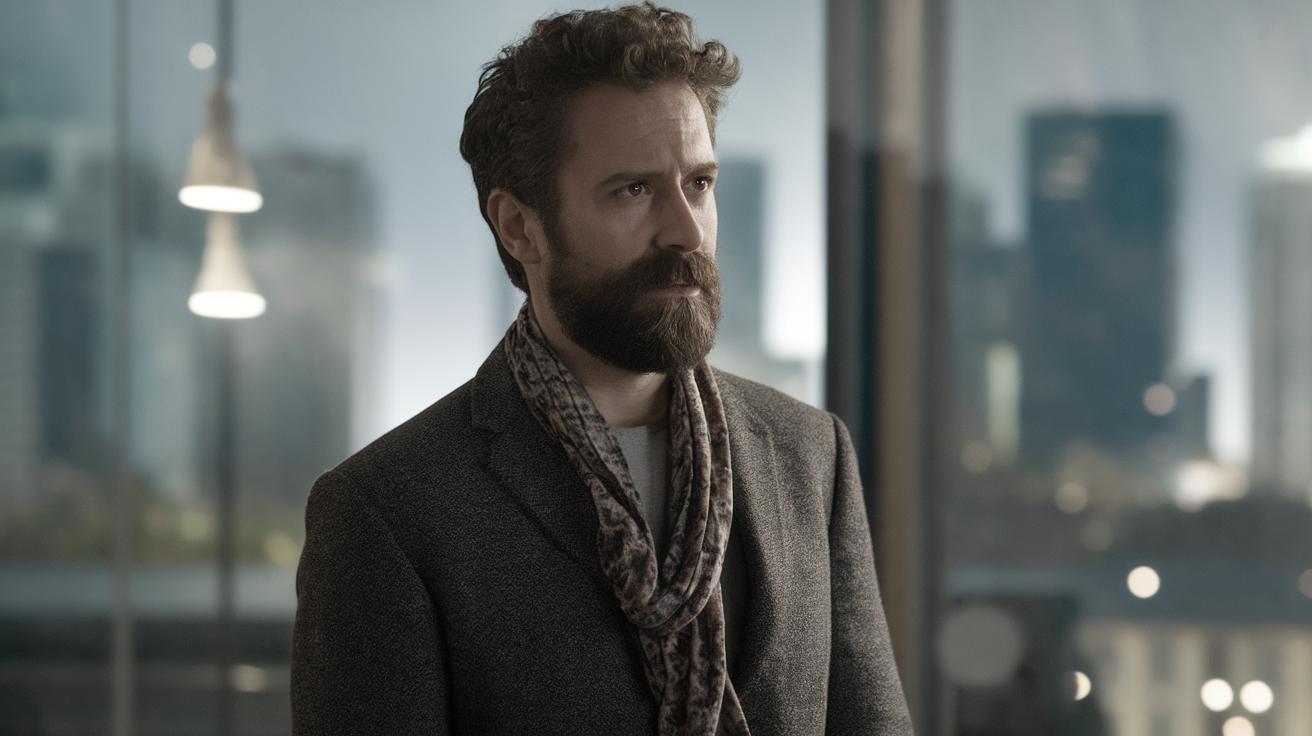Exploring the Art of Minimalist Photography
Minimalist photography has emerged as one of the most expressive forms of visual art in modern times. It
channels simplicity and clarity, stripping down distractions to highlight the essence of the subject. Through
various techniques such as long exposures, black and white captures, color renditions, and the strategic use of
negative space, minimalist photographers create compelling images that evoke strong emotions with subtlety. This
blog post delves into the different methods of minimalist photography, offering a glimpse into how each approach
uniquely brings out the purity of its subject. Whether capturing the grandeur of landscapes or the quiet beauty
of an object’s detail, these techniques empower photographers to tell profound stories through simplicity. Join
us on this journey as we uncover the essence of minimalist photography, with examples that inspire and guides
for enthusiasts looking to embrace this art form.
What is Minimalist Photography?
Minimalist photography is an art form that celebrates simplicity by focusing on a limited number of
compositional elements. It strips away the excesses typically seen in more conventional photography to
illuminate the subject’s core. This approach not only brings aesthetic balance but also creates a unique
space where the subject’s essence can shine unobstructed.
In minimalist photography, each part of the image plays a significant role. Photographers often focus on
patterns, shapes, colors, and lines to convey a message or emotion. This genre requires a keen intuition and
understanding of composition, lighting, and subject interaction; the fewer elements there are, the more
critical each becomes in the overall composition. The result is an impactful image, often serene and
contemplative.
Example 1 – Long Exposures Photography
Long exposure is an essential technique in minimalist photography, capturing time through stillness. By
keeping the camera’s shutter open for an extended period, moving elements like water, clouds, or lights
appear as sweeping lines or soft, ethereal textures. This method can simplify a chaotic scene and emphasize
static subjects against blurred movements.
Practicing long exposures requires understanding dynamic elements within a scene. For instance, a lone pier
extending into a blurry expanse of water or a single rock amidst a misty shore can create striking contrasts
that enhance the photograph’s minimalist aesthetic. These images invite viewers to engage with the fluidity
of time and evoke feelings of tranquility and reflection.
Example 2 – Black and White
Black and white photography exemplifies the minimalist essence through its rejection of color. This method relies heavily on light, contrast, texture, and composition to convey emotions and ideas. By removing the distraction of color, photographers can guide the viewer’s focus to shapes, lines, and shadows that might otherwise go unnoticed.
In black and white minimalist work, every shade becomes expressive, from deep blacks to luminous whites, with a spectrum of grays in between. This technique can dramatically alter the interpretation of a scene—what was once colorful and busy might transform into a study of form and emotion that tells a completely different story.
Example 3 – Colour
While minimalism often conjures images of monochromes and subdued tones, using color in minimalist photography can be immensely powerful. The key lies in using color sparingly and with purpose. By isolating a bold, single hue in a largely neutral setting, photographers can draw focus to specific elements, enhancing the visual narrative.
Colour minimalist photography often celebrates the interplay between colors and their emotional resonance. A single red object against a sea of white snow or a splash of yellow on a gray cityscape can evoke a sense of warmth, urgency, or even tranquility. The judicious use of color enables storytellers to communicate deeper meanings with striking simplicity.
Example 4 – Negative Space
Negative space is a defining component of minimalist photography, emphasizing the contrast between the subject and its environment. This technique involves leaving expansive areas around the subject empty, allowing it to breathe and emerge as the focal point. The empty space offers a visual pause, compelling the viewer to contemplate the photograph more deeply.
By strategically incorporating negative space, photographers can enhance the prominence of the subject while evoking emotions such as isolation, peace, or introspection. This method can turn simplicity into a powerful narrative tool, encouraging viewers to engage with the image on an emotional level.
Example 5 – Sense of Scale
Transforming everyday scenes into extraordinary visions, minimalist photography often plays with scale to convey vastness or intimacy. By juxtaposing a small, isolated subject against a grand expanse, such as a lone tree in a sweeping landscape, photographers can create a powerful sense of scale.
This method can make viewers ponder the relationship between the subject and its setting, prompting reflections on themes like solitude, strength, and insignificance. Minimalist photographers use scale to tell stories that transcend the literal content of the image, encouraging deeper interpretations and emotional connections.
Example 6 – Still Life
Still life photography in a minimalist context is about capturing the beauty of ordinary objects stripped of extraneous details. This approach often emphasizes form, color, and shadows, inviting viewers to appreciate the simplicity and delicate balance of composition.
In minimalist still life, the art lies in the subtle arrangement and lighting, transforming mundane items into works of art. A single piece of fruit in soft light against a plain backdrop can evoke feelings of serenity and contemplation. The challenge is to distill the subject to its visual essence, creating a composition that resonates with viewers.
Example 7 – People
Minimalist photography involving people focuses on capturing the essence of humanity, often in unadorned settings. This approach is about stripping back the chaos to reveal human emotions, expressions, and interactions without the distraction of a busy background.
Photographers might use silhouettes, shadows, or framing to isolate individuals, emphasizing gestures or features that tell a story. By concentrating on a single subject or emotion, they create intimate portraits that speak volumes about the human experience. Simplifying the environment allows the subject’s story to shine powerfully through minimalist simplicity.
Like this? – Check out similar tutorials below
If you found this exploration of minimalist photography inspiring, you may also enjoy these related tutorials and articles that delve into other aspects of photography and visual storytelling:
About the Author
Phil, a dedicated bibliophile and esteemed book reviewer, channels his lifelong passion for literature into a career of sharing diverse narratives and genres. An avid learner and educator, Phil extends his love for storytelling from the pages of books to the frames of photographs, bridging worlds through a lens of curiosity and creativity. His work fosters a vibrant community of enthusiasts exploring transformative stories through both words and images.


